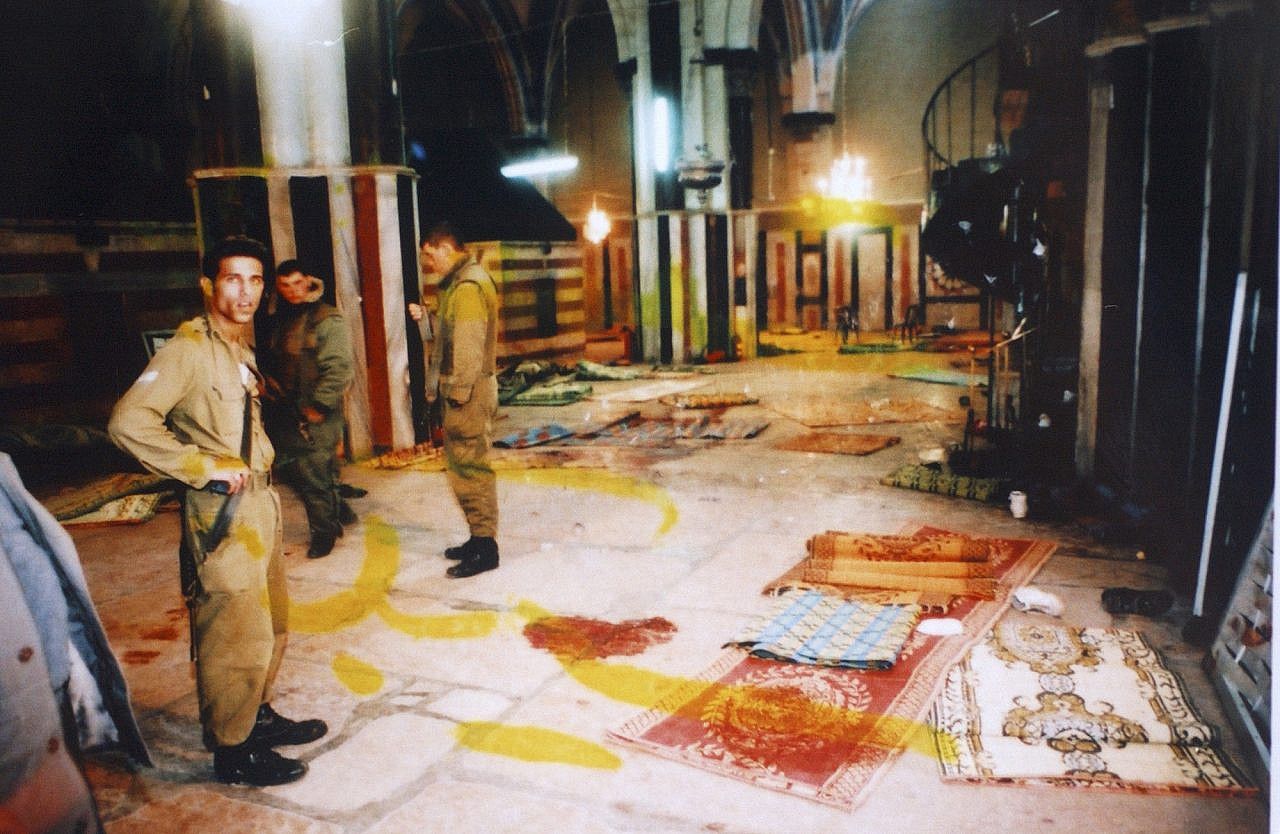Why Purim upsets me
I first heard of Purim while serving in Gafsa, Tunisia, as a Peace Corps volunteer teaching English in a lycée (high school).
Gafsa still had 13 Jewish families at the time - 1965 - and another Peace Corps teacher had a Jewish student that I knew slightly.
One day I learned that the Jewish students weren’t in school because they were celebrating Purim.
The Story of Purim
Not knowing anything about this story, I opened my Bible and read The Book of Esther. Here’s what I learned, in brief:
The King of Persia ruled over different groups of people. The villain in the Book of Esther belongs to the Amaleks. The original Amalekites were those who attacked the Israelites as they fled from Egypt, cutting down the weakest and most vulnerable stragglers. Meanwhile, the villain of the Purim story, who plots a genocide of Persia’s Jews, is Haman the “Agagite,” a descendent of Amalek.
Haman got permisssion from the king to destroy all the Jews in Persia. The Jews would have all been killed if the king had not fallen in love with Esther.
I’m glad that the King spared the Jews from Haman’s hatred. That strikes me as worthy of celebration during Purim.
The problem for me is that the king does not simply cancel the decree calling for the genocide of the Jews; instead, he authorizes them to fight back. Over the course of two days, the newly-empowered Jews slay 75,000 of their enemies.
I could understand the idea of killing people who threaten you, but didn’t understand how the Jews in Gafsa would celebrate the killing of the Arabs in Gafsa, which is how it felt to me although no one ever said that. This is about my feelings.
Reclaiming Purim from the supremacists
The following are excerpts from an anti-Purim article that I found online. It is written by a Jew. I believe that this supports my feeling that Purim does celebrate and, in fact, encourages violence against non-Jews.
On Feb. 25, 1994, the American-Israeli settler Baruch Goldstein entered the Cave of the Patriarchs/Ibrahimi Mosque in Hebron, armed with a rifle. He opened fire on the hundreds of Palestinian Muslim worshippers, murdering 29 and injuring over 100 before the survivors overpowered him.

The timing of the Ibrahimi Mosque massacre wasn’t incidental: it took place on Purim, the Jewish holiday celebrating the averted annihilation of the Jews of ancient Persia by the evil royal vizier Haman. Hours after the massacre, in synagogues across the land, congregations concluded the special Purim Torah reading with a verse from the Book of Exodus declaring “a war for the Lord against Amalek from generation to generation.” Many of Goldstein’s far-right allies suggested he was doing just that, presenting the ethno-nationalist massacre of an occupied people as an act of holy war.
In the years since the Goldstein massacre, Jewish children have dressed as Goldstein for the Hebron Purim day parade, where settlers dance through the streets, spray paint Stars of David across the city like threats, and chant “Death to Arabs” while the city’s Palestinian residents are forcibly confined to their homes. People visit Goldstein’s grave — located in Meir Kahane Park of Kiryat Arba, the settlement next to Hebron inhabited by many of the most extreme Israeli settlers — as a type of pilgrimage. Israel’s National Security Minister Itamar Ben Gvir, a fellow Kahanist from Kiryat Arba, only recently took down a portrait of Goldstein from his living room wall.
Many settlers have used biblical language to frame Goldstein’s act of violence. They have conflated him with Mordechai, the hero of the Purim story, who was pivotal in averting the Jews’ destruction, and commemorated him as a symbol of the destruction of “Amalek.”
A pogrom to destroy Amalek
While Haman is the last explicit mention of these people in the Tanakh, the motif of Amalek recurs throughout Jewish history. Rabbinic literature and later mystical traditions render their name synonymous with a mythic, existential enemy: a nation that preys on the weak and is utterly committed to the destruction of the Jewish people.
Jews have since ascribed the label of “Amalek” to Romans, Nazis, and many oppressors in between. In the Torah, Jews are commanded to wipe out the memory of Amalek from under the heavens; the only way to avert Jewish destruction, the thinking goes, is to destroy Amalek first. And today, settlers and leading Israeli politicians routinely ascribe this label to Palestinians; just last weekend, settler groups called for a follow-up pogrom in Huwara to “wipe out the name of Amalek” by destroying the village.